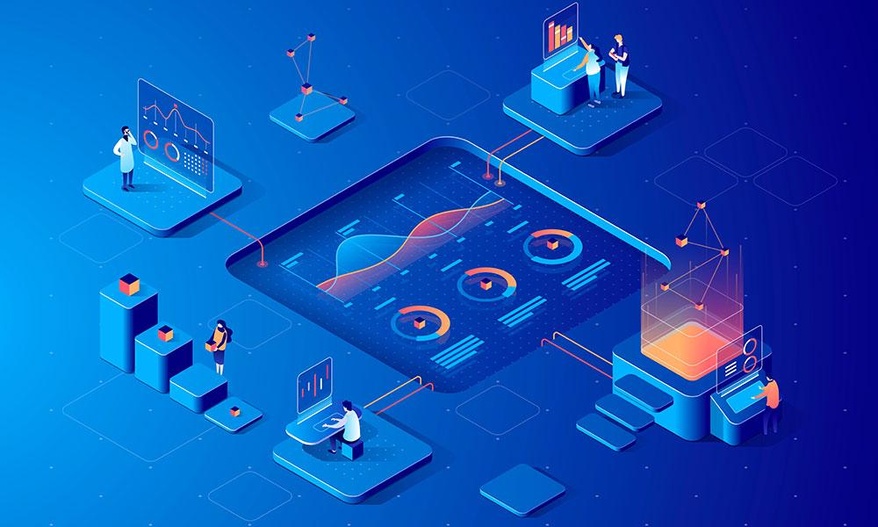Implementing the DevOps methodology might be quite a difficult process that includes a lot of steps. Today we’ll discuss what you need for DevOps transformation and how complicated it is.
In simple words, DevOps services allow automating the routine of software development. There are a few basic principles of the DevOps methodology:
- Infrastructure as Code (IaC). DevOps approach provides simple and fast environment deployment. That’s why DevOps engineers create the special textual file with deployment settings, so-called manifest. A developer can change the deployment environment by changing the parameters in this file. Such an approach reduces the time of both developers and DevOps specialists. As a result, DevOps can solve more complicated issues and the developer has the necessary deployment environment at any time.
- Continuous Integration and Deployment (CD/CD). This principle means the new features and updates are made as fast as possible. DevOps provides a very quick time to market for your application.
- Continuous Logging and Monitoring. This principle prevents future problems because of automated monitoring. The system can write down all the issues and then the DevOps engineer will analyze them and find the solution.

There are more principles but we listed only the basics for a better understanding of the DevOps transformation.
How does DevOps transformation happen?
The DevOps implementation might include different steps for different infrastructures but the main list is the following:
- Assessment. This is the first step allowing to understand the current situation in the company. Without assessment, the DevOps team cannot make the strategy of transformation and the transformation as-is.
- Planning. At this step, you describe your goals to the DevOps team and they create the strategy of transformation that includes all the important points of the plan.
- Infrastructure redesign if needed. Unfortunately, some systems need the whole redesign before the next steps. It is often about some legacy systems located on-prem without updates during years.
- Cloud migration. If your infrastructure still uses on-prem hardware, it’s better to make cloud migration. A lot of DevOps tools work with cloud services and platforms, so such migration is necessary. Sometimes DevOps team can avoid cloud migration if the client insists on the on-prem hardware only – DevOps tools can work with bare-metal servers and on-prem cloud solutions too.
- Creating the IaC, CI/CD and other DevOps workflows. Only at this step, you’ll work directly with DevOps services. But without all the above steps this is impossible. Here DevOps team starts using the DevOps tools like Terraform, Jenkins, Kubernetes, GitLabCI and others to make the new automated infrastructure for you.
- Teamwork. DevOps team provides both the greatest technologies and the collaboration with your development team. They teach how to use new tools and how to work with new automated processes. Such instructions will save you a lot of time and nerves.
- Maintenance. DevOps team provides monitoring and logging but you can choose, would you maintain the infrastructure with your in-house IT team or outsource this task to your DevOps team.

Small conclusion
As you understand, the DevOps transformation is quite complicated and, sometimes, a long process. But it worth all the resources you invest. The result will be much more than your expectations and you’ll receive a shorter time-to-market, greater competitiveness and a satisfied, productive development team.
Thus said, don’t be afraid of new technologies even if they need some transformations and resources for implementation. The DevOps approach is a great decision for your product and business success!
